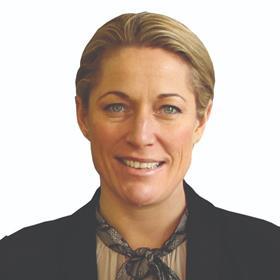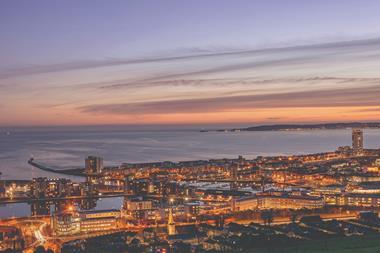Statistics suggest that more than 75% of us will have abandoned our new year’s resolutions by now. Yet this month also signifies the start of a new decade – one framed by the race to achieve the UN’s 17 globally accepted Sustainable Development Goals (SDGs) by 2030, which together form a blueprint of peace and prosperity for people and planet.

The 13th – and highest profile – of these goals commits us to take urgent action to combat climate change and its impacts. Science tells us that in this decade alone we need to halve our global greenhouse gas emissions if we are to stand a chance of limiting global warming to 1.5°C to 2°C above pre-industrial levels. Any higher than this will spell disaster in many regions. Between 1998 and 2017 alone, climate-related and geophysical disasters claimed an estimated 1.3 million lives and caused economic losses of almost $2.3trn. That was before we reached even 1°C warming.
The critical factor that must distinguish this decade from those that came before is the speed and scale of climate action taken by all nations, industry sectors, political parties and innovators. Property is not exempt from this transition – on the contrary, as a major contributor to the problem, there is a strong moral and ethical case for real estate to rethink its underlying business models.
But what if there were another way of looking at this climate crisis – one that felt more empowering and inspiring to property professionals as they look to the future and anticipate unprecedented change across a multitude of variables? What if property could reposition itself away from being a significant source of carbon and towards becoming a carbon sink or a climate solution? What if buildings could actually be turned into power stations that generate more clean energy than they use, and that sequester carbon from the atmosphere into the materials they are made from? What if the often-negative connotations of new development were far outweighed by the social purpose and value created by our urban growth plans?
Such a vision is entirely within our reach. It is up to each and every one of us in this sector to “be the change we want to see in the world”. Of course, we will not achieve this utopia overnight. But leading property designers, developers, agents and investors are starting to show the way – taking steps towards at least eliminating their adverse impacts, and some even committing to being restorative in their legacy. This is why UKGBC is pleased to support Property Week’s Climate Crisis Challenge: we want to maximise knowledge sharing across the industry and inspire PW’s readers to adopt and scale up the most viable sustainable solutions to real estate.
The time has come for bold and decisive action. Property professionals need to choose between being part of the solution, unleashing their creativity on the biggest challenge facing mankind, or being part of the problem, hiding like ostriches in the temporary shelter of business as usual.
It is worth remembering of course that the commercial viability of the built environment is wholly dependent on the health of the planet and its natural resources. We cannot continue to build or maintain structures without materials or energy. And we cannot deny the juggernaut of change charging towards us. Whether it’s money or talent that you’re chasing, profile or prestige, it is your attitude and mindset to this crisis that will set you apart from the competition and enable your business – as well as the planet – to thrive long into the future.
Julie Hirigoyen is chief executive of the UK Green Building Council.




























1 Readers' comment